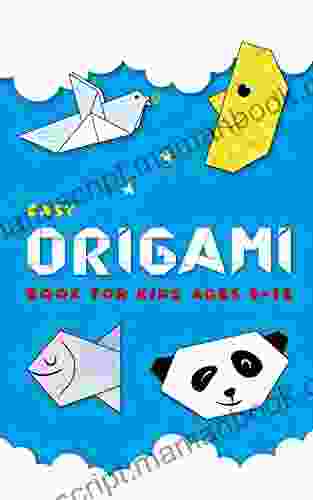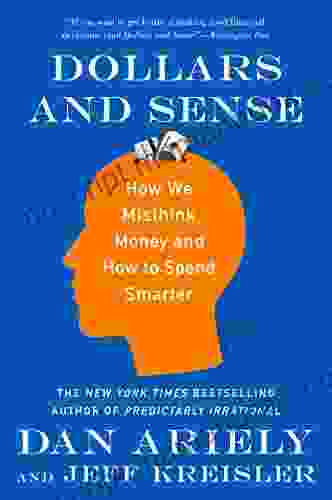Origami, the ancient art of paper folding, has been captivating children and adults alike for centuries. This intricate craft not only fosters artistic expression but also enhances cognitive development and fine motor skills.
The History of Origami
Origami originated in Japan over a thousand years ago. Its exact origins are unknown, but it is believed to have evolved from religious ceremonies and traditional festivals. Over time, origami became popular as a form of entertainment and a way to pass down stories and legends.
4.6 out of 5
| Language | : | English |
| File size | : | 11230 KB |
| Print length | : | 72 pages |
| Lending | : | Enabled |
| Screen Reader | : | Supported |
Benefits of Origami for Children
Cognitive Development
Origami requires children to follow instructions, solve problems, and think logically. By mastering the art of paper folding, they develop spatial reasoning, problem-solving skills, and hand-eye coordination.
Fine Motor Skills
The delicate movements involved in origami strengthen children's fine motor skills. They learn to make precise folds and to manipulate paper with dexterity, which improves their writing and other fine motor activities.
Creativity and Imagination
Origami allows children to express their creativity. They can explore different colors, patterns, and shapes to create unique and imaginative papercraft creations. This nurtures their creativity and encourages them to think outside the box.
Getting Started with Origami
To start your origami journey with children, all you need is a square sheet of paper. You can use regular printer paper or specialized origami paper for a more polished look.
There are countless origami designs to choose from, ranging from simple animals to complex geometric patterns. Start with beginner-friendly designs, such as a paper crane or a frog, to build confidence and gradually progress to more challenging ones.
Tips for Children's Origami
Here are some helpful tips for introducing origami to children:
- Start with easy designs.
- Provide clear and simple instructions.
- Be patient and encourage children not to give up.
- Use different colors and patterns to make origami more engaging.
- Allow children to explore and experiment with different folds.
- Celebrate their creations.
Origami is a wonderful activity that fosters children's creativity, problem-solving abilities, and fine motor skills. By incorporating origami into your children's education and playtime, you can provide them with a fun and enriching experience that will benefit them in numerous ways.
So, gather your paper, fold, and unleash the power of origami with your little ones today!















































































































